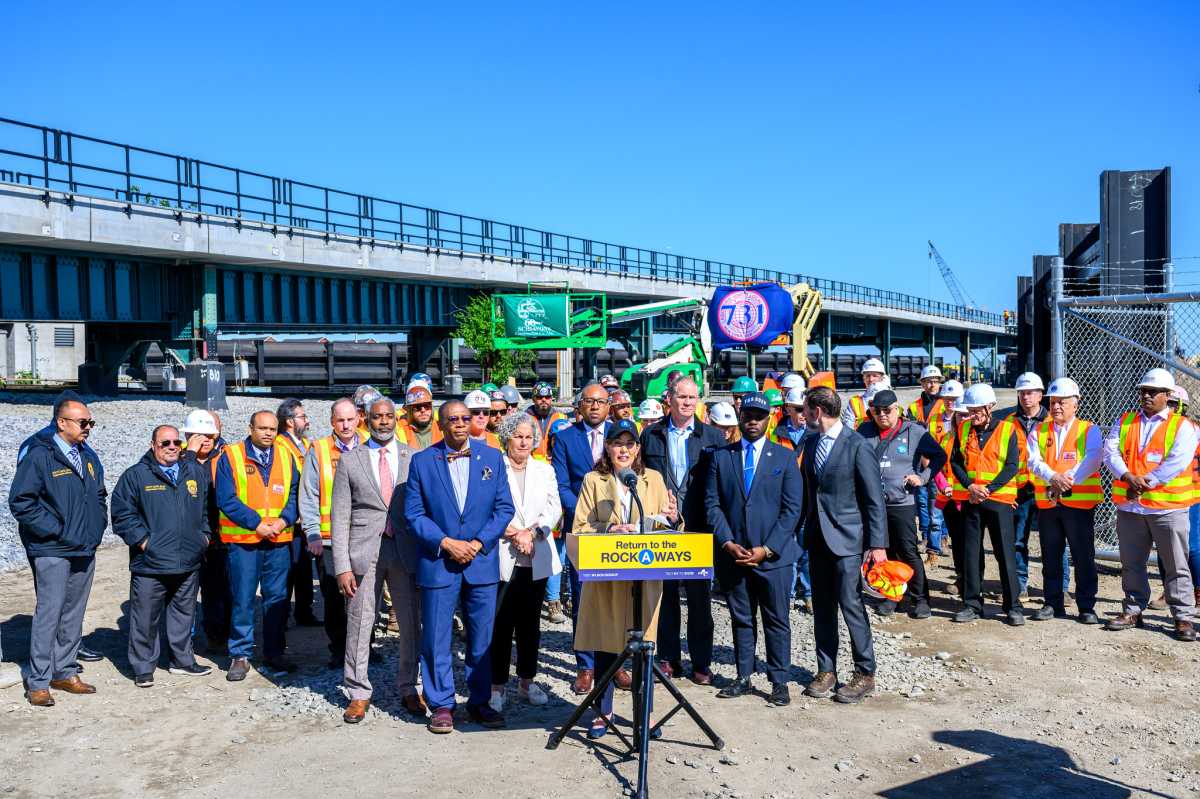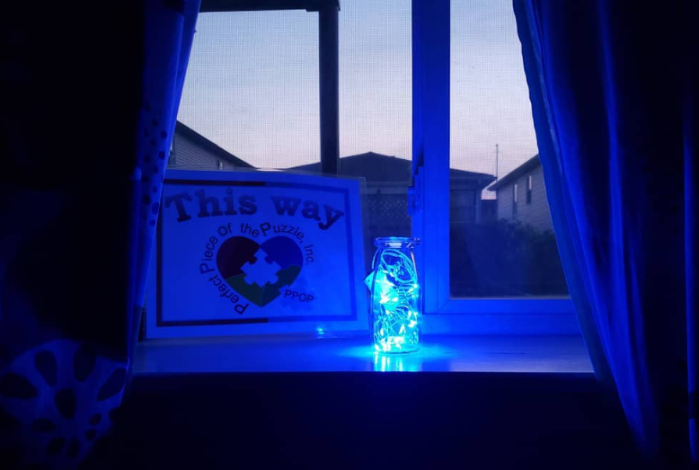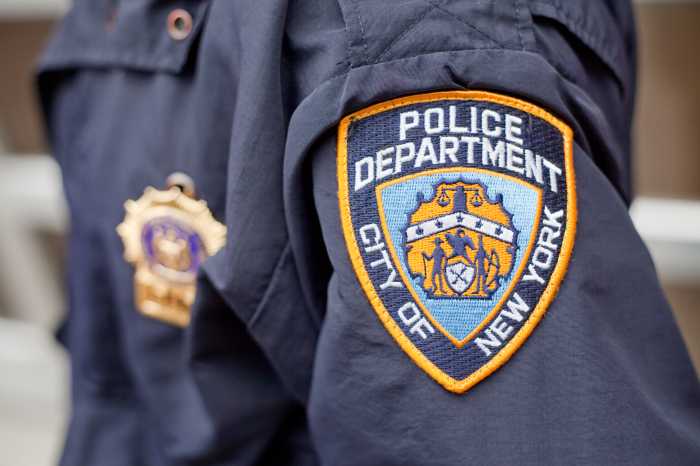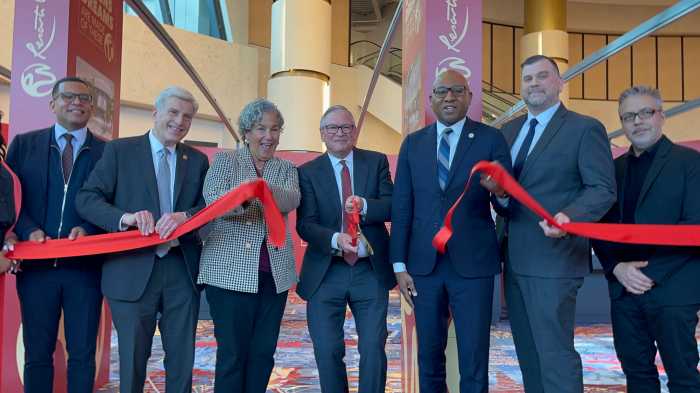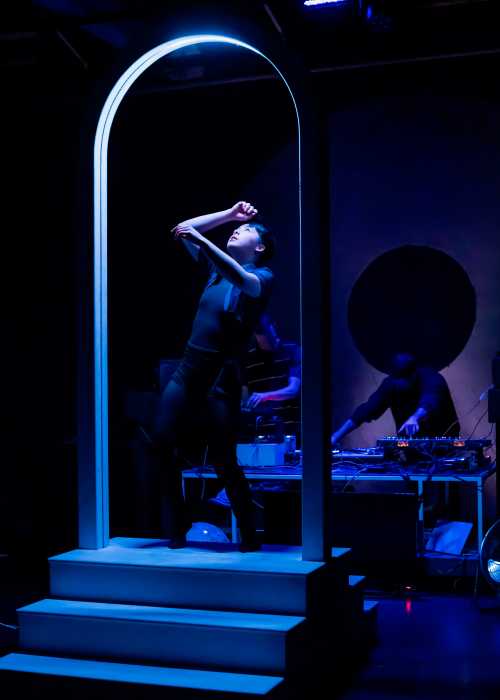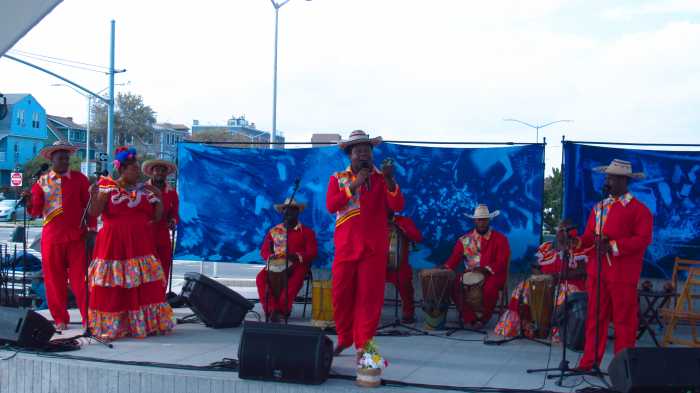Full A train service to the Rockaway Peninsula has officially resumed following a nearly five-month shutdown and state and transit leaders marked the milestone with a celebratory event on Monday, May 19.
Governor Kathy Hochul was joined by Senator James Sanders, Assembly Members Stacey Pheffer Amato and Khaleel Anderson, Queens Borough President Donovan Richards Jr. and a host of Metropolitan Transportation Authority (MTA) officials to welcome back riders and celebrate the successful completion of a key phase of the Rockaway Line Resiliency and Rehabilitation Project.
“The A train is a key artery of New York City, stretching all the way from Inwood to the ocean, and for residents of the Rockaways, it is a critical lifeline,” said Governor Hochul. “That’s why we made a promise to this community that we would get the A train back in service by Memorial Day. Today, we deliver on that promise, bringing reliable service to the A line that riders will be able to count on for decades.”
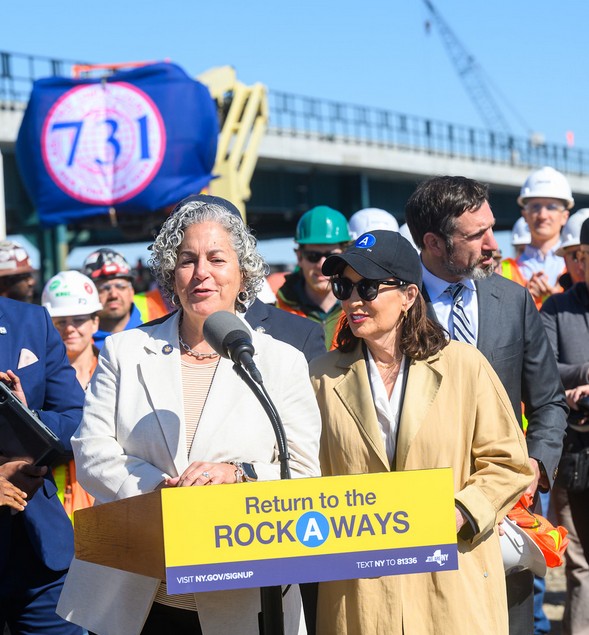
Pheffer Amato, who has long championed infrastructure investment in the peninsula, emphasized the project’s importance to local residents.
“We’re back and better than before!” she said. “The A train and Rockaway Shuttle serve as a lifeline for our community and after this five-month construction, we’ve rebuilt and upgraded our train infrastructure to ensure reliable service for years to come. All that’s left to say is—all aboard!”
The A train had been suspended between Howard Beach, Broad Channel and the Rockaway Peninsula since January while the MTA completed extensive work to modernize the corridor. The Rockaway Line serves nearly 12,500 riders daily and connects a diverse community of nearly 125,000 residents to the rest of New York City.
The completed work includes a full reconstruction of Hammels Wye, the elevated structure all Rockaway-bound trains must cross, and a complete overhaul of the South Channel Bridge, which swings open for marine traffic across Jamaica Bay. Both structures are over 65 years old, and their modernization is designed to reduce service disruptions and better withstand extreme weather events.
According to the MTA, approximately 200 construction workers operated in two 10-hour shifts, working 20 hours a day, seven days a week to keep the project on schedule and under budget. Officials noted that the effort required a full 17-week shutdown of the line through the winter to allow for uninterrupted construction.

MTA Chair and CEO Janno Lieber said the project reflects a broader shift within the agency. “The Rockaway project reflects what the new MTA is doing — delivering capital work on-time and on-budget with minimal impacts to customers and maximum benefit. The line is now fully rebuilt and better prepared to withstand the extreme conditions we are facing in the age of climate change.”
Jamie Torres-Springer, President of MTA Construction & Development, praised the pace and quality of the work. “Projects like this are what the new MTA is all about: delivering transformational projects better, faster, and cheaper than ever before,” he said. “After 17 weeks of 20-hour shifts through the heart of a New York City winter, we’re proud to deliver generations of great public transit to the Rockaways — on time and on budget.”
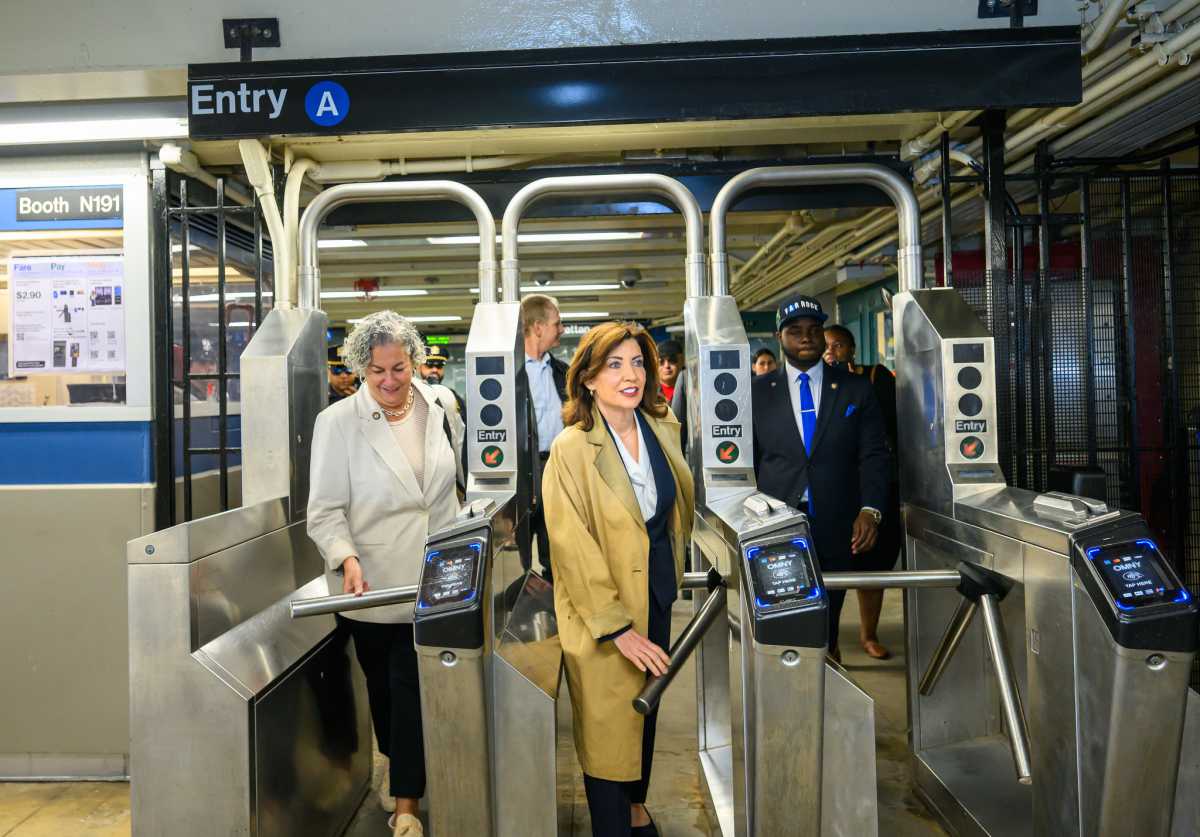
Following Superstorm Sandy in 2012, emergency repairs had restored basic service to the Rockaway Line. However, many components—including the viaduct and swing bridge—remained outdated and vulnerable to climate-related damage. The current project is designed to provide long-term storm resiliency and modernize the system for future decades.
New York City Transit President Demetrius Crichlow acknowledged the strain on riders during the shutdown and credited the MTA team with keeping the community moving.
“We promised customers excellent alternative service during this project, and I’m proud to say the New York City Transit team delivered,” he said. “Completing this project means more reliable and resilient service to the Rockaways for decades into the future, and with further investment in new CBTC signals to come, things will only get better for A train riders.”
Additional improvements—including new interlocking infrastructure, structural repairs, and the installation of a new signal tower—are scheduled for completion by late 2026 during planned weekend outages.

